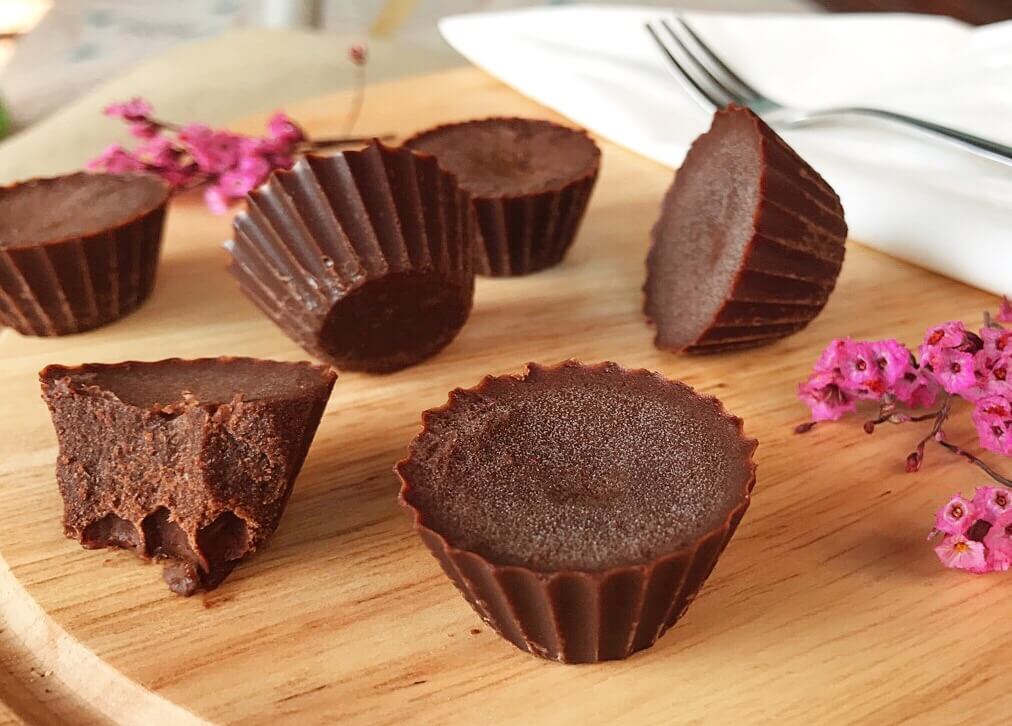There is no doubt that raw chocolate and minimally processed dark chocolate high in cocoa solids are healthier than milk chocolate and white chocolate. The purer and darker the chocolate, the greater the health benefits. Dark maca chocolate is typically made up of 50 to 90 percent cocoa solids, while milk chocolate has between 10 and 30 percent cocoa solids. You won’t get any health benefits from white chocolate, as it contains only cocoa butter.
The process of making chocolate is complex. A raw cacao nib is a crushed piece of the dried cacao bean. When they are ground up, you get the maca chocolate paste, also known as cocoa liquor. Once the cocoa fat, or cocoa butter, is removed from the cocoa paste, cocoa solids are what you get. Cocoa powder is formed by drying cocoa solids.
Approximately 50-90% of dark chocolate comprises cocoa solids, cocoa butter, and sugar, while 10% to 55% comprises cocoa solids, butter, milk, and sugar. Although dark chocolate is not supposed to contain milk, it can be contaminated by cross-contamination during processing due to the same machinery being used to make dark and milk chocolates. Adding butter fats, vegetable oils, or artificial colors and flavors to lower-quality chocolates is also possible.

Cocoa butter, sugar, and milk are the only ingredients in white chocolate that contain cocoa solids. A study has shown that flavanols in chocolate may protect your heart. Dark chocolate contains 2-3 times as many flavanol-rich cocoa solids as milk chocolate. Studies have shown that flavanols increase nitric oxide production in the endometrium, which relaxes blood vessels and improves blood flow, thus lowering blood pressure.
A short-term study showed that flavanols in chocolate increased insulin sensitivity; in the long run, this may reduce diabetes risk. In a study of the Kuna Indians, an isolated tribe living on the Caribbean Coast of Panama, the relationship between high cocoa intake and high blood pressure was described. This group had extremely low hypertension levels, even among older adults, with higher salt intakes than most Western populations.
The Kuna experienced an increase in high blood pressure when they moved to urban areas and changed their diets. A significant part of their traditional diet was cocoa, consumed as a beverage. As many as five cups of either home-grown cocoa powder or Colombian cocoa powder were consumed daily. Compared to their counterparts living in urban centers, Kuna island residents had significantly higher levels of flavanols in their urine and lower death rates from heart disease, cancer, and diabetes.


